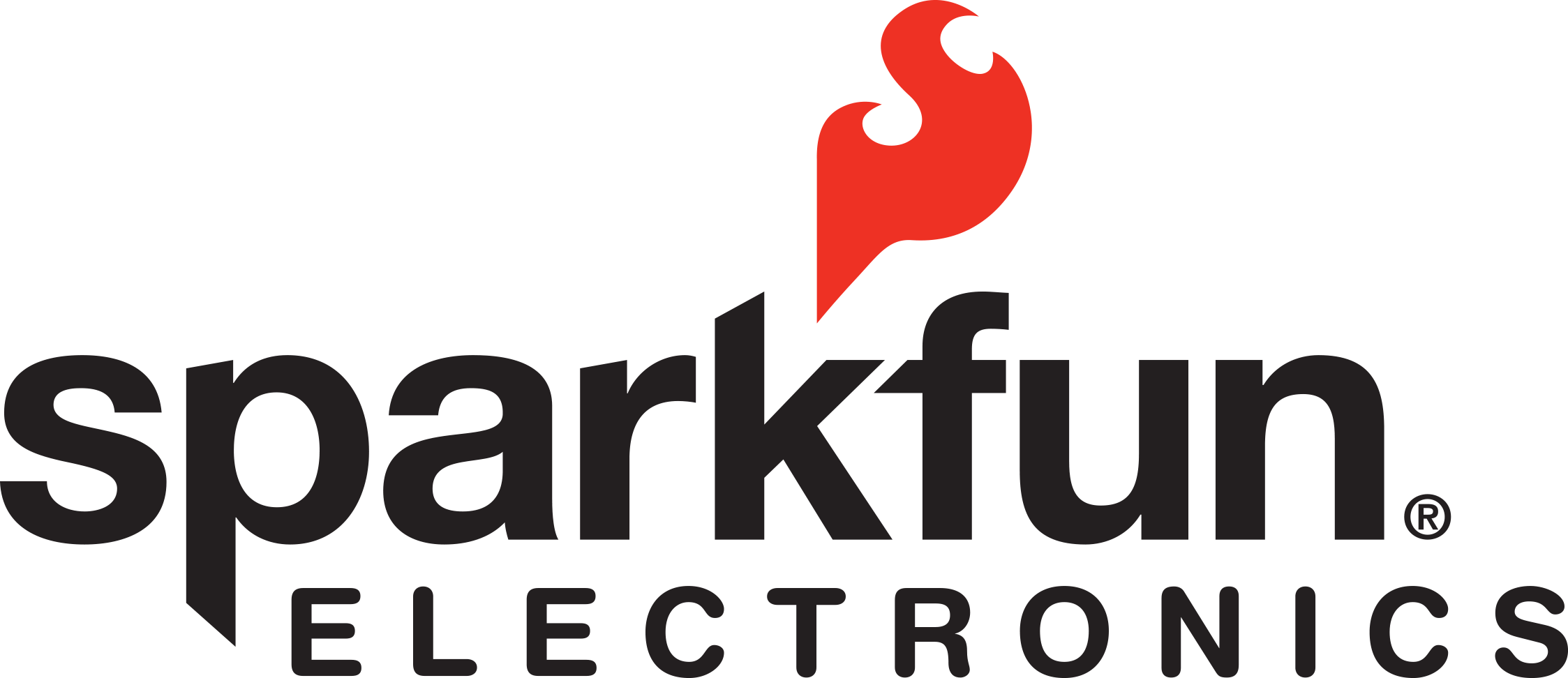
SparkFun
SparkFun is a leading provider of electronics products and resources for hobbyists, makers, and professionals. Established in 2003, they offer a wide range of open-source designs including development boards, sensors, components, and tools. Their products cater to various applications such as robotics, IoT, wearable technology, and digital fabrication. The company's mission is to make technology more accessible and fun. They offer tutorials, projects, and resources on their website, encouraging innovation and creativity in the electronics community. SparkFun is committed to providing exceptional customer support and extensive documentation for their products, catering to individuals of all skill levels. SparkFun actively engages with their community through forums, events, and workshops, fostering a collaborative learning environment. Their commitment to accessibility, affordability, and community engagement has established them as a trusted name in DIY electronics. Overall, SparkFun is a reputable company that provides high-quality electronics products while promoting accessibility and innovation within the electronics community. With their emphasis on customer satisfaction and community engagement, they have become a leader in the industry.
Crystals
Results:
5
Series
ESR (Equivalent Series Resistance)
Frequency
Load Capacitance
Frequency Tolerance
Operating Temperature
Frequency Stability
Package / Case
Height - Seated (Max)
Mounting Type
Size / Dimension
Type
Ratings
Operating Mode
Results remaining:5
Applied Filters:
SparkFun
About Crystals
Crystal products are passive components commonly used as time or frequency references in electronic systems. They consist of a piezoelectric crystal, typically made of quartz, that exhibits the property of mechanical vibration when subjected to an applied electric field. This mechanical vibration occurs at a specific frequency, known as the resonant frequency, which is determined by the size, shape, and material properties of the crystal. To utilize a crystal as a frequency reference, an external oscillator circuit is required. This circuit provides the necessary electrical excitation to the crystal, allowing it to vibrate at its resonant frequency. The oscillator circuit is carefully designed to match the characteristics of the crystal, including its capacitance, drive voltage, and series resistance. The capacitance in the oscillator circuit is adjusted to resonate with the crystal's inherent capacitance, forming a parallel resonance circuit that allows maximum energy transfer between the crystal and the circuit. The drive voltage, which is applied across the crystal, must be within a specified range to ensure proper operation and avoid damaging the crystal element. The series resistance is carefully chosen to control the damping of the crystal's vibrations, optimizing its stability and frequency accuracy. By providing a stable and precise oscillation at the resonant frequency of the crystal, the external oscillator circuit allows the crystal to function as a reliable frequency reference. This reference signal can be used for various purposes, such as clock synchronization, frequency generation, and timing applications in digital systems, communication devices, and scientific instruments. It's worth noting that while crystal products are passive components, there are also active devices called crystal oscillators. These oscillators integrate the necessary oscillator circuitry, including amplifiers and feedback elements, into a single package. Crystal oscillators offer the convenience of a complete and self-contained solution, simplifying the design and implementation process for frequency reference applications. In summary, crystal products serve as passive components that rely on an external oscillator circuit to generate a stable and precise frequency reference. Their careful design and integration into electronic systems ensure accurate timing and reliable operation in a wide range of applications.

